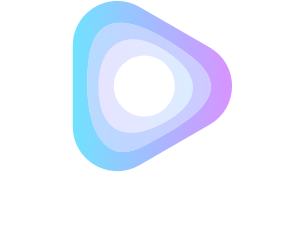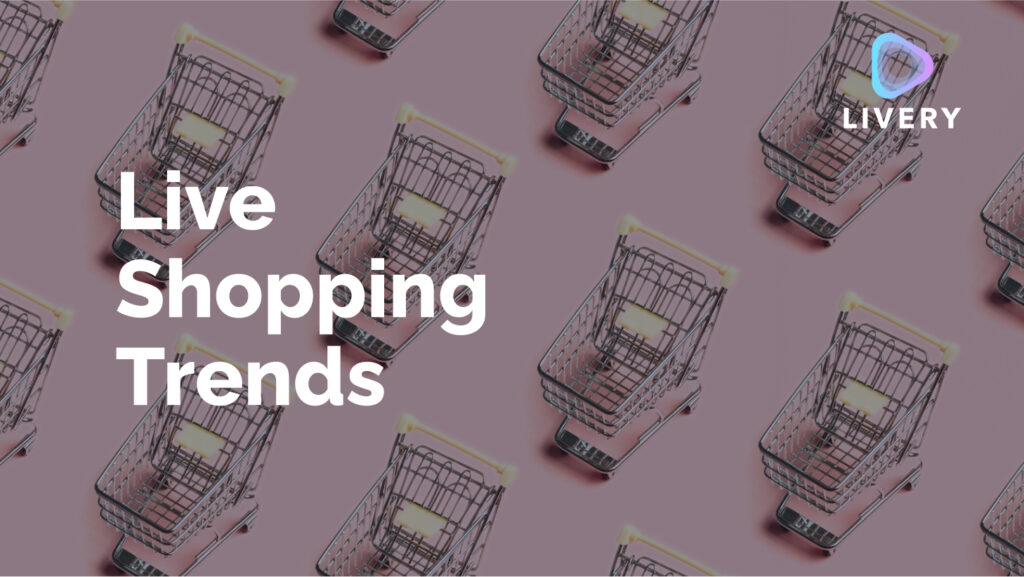Connecting over live content is nothing new. Radio, then television programs harnessed the excitement of gathering together to experience something in real time for the last century. Today, however, these programs no longer have a monopoly over live content. We now have more ways to connect and sources of entertainment than ever before. Here’s how to make the most of them for your business and customers in 2024.
Mixing old and new to create interactive livestreaming
Though the principle of live content hasn’t changed much, what has changed is the technology available to produce it. We’re no longer limited to expensive content from well-funded media production companies. Today, that production capacity is widely and affordably available to individuals and businesses of all sizes.
Today, these lower-budget streams can also take it up a notch (or several) above the competition with two-way communication.
The programs of the past focused on a one-way conversation: they presented content to you with few ways for viewers to respond. Today, the audience has the power to engage and interact, giving hosts the ability to connect with these viewers on a level never possible before.
If you’re ready to produce content that connects, engages, and converts on key metrics, it’s time to run your first interactive live event.
Here’s a step-by-step breakdown of how to do it.
Pssst… Before we dig in, an important note. There is a learning curve – producing your first show can be daunting. If you want to skip the learning curve and hit the ground running with a show that ticks all the boxes, check out Livery Productions.
Step-by-step guide to running an interactive livestream
We’ll break this article into three main sections to help you visualize the process: pre-show, showtime, and post-show. Let’s dive in.
Part 1: Pre-show
Before you hop on the air, you’ll need to arrange a few things including the event’s goals, show content & timeline, on-air talent, supporting hardware/software, and the marketing you’ll need to make the show a success.
If you master the pre-show prep, your showtime and post-show processes will be nice and smooth.
Step 1: Determine your goals
What do you want out of your stream? Here are some examples you can choose from (or make your own!):
- Make more sales
- Build a more loyal customer base
- Learn more about your customers
- Launch a new product
- Get feedback
- Improve brand recognition
- Create an exciting stand-alone show viewers get excited to tune into each week
- Add a new and engaging touchpoint for customers
- Offer an exclusive reward for subscribers
- Etc.
Once you know what you’re most hoping to accomplish, it’ll be much easier to flow through the next steps.
Step 2: Create a concept and choose a format
Next, you’ll want to take that goal and work backward into a concept that can help you get there.
If your goal is to make more sales, for example, you can host a QVC-style live shopping event, an unboxing event with a partnered influencer, or an exclusive subscriber-only flash sale.
If, on the other hand, your goal is to learn more about your customers, you can host a trivia event with prizes, an online tasting event that lets users try your products and give feedback, a live game show that gets them competing for the top spot, etc. All of these formats allow you to collect their feedback and answers at both individual and group levels.
The bottom line: make sure you choose a format that aligns with your goals.
Step 3: Arrange the tech
Now that you know what type of event you’re looking to create, you can determine exactly what tech/setup you’ll need to have in place to make it come to life.
Things to consider include:
- Your camera (this can be an actual camera, a cell phone, webcam, or built-in computer camera)
- A microphone (you can choose a physical mic, lapel mic, or built-in mic on your device)
- Your filming/studio setup (we have a whole guide to setting up your studio – from the most basic to the most elaborate – available here)
- An interactive livestreaming platform to broadcast from (we’re partial to Livery)
- Etc.
For more information on this topic, download our free guide to setting up your studio.
Step 4: Choose your talent & timeline
For smaller streams, you may be your own talent, tech guru, marketing expert, and post-event analyst. For larger streams, you may want to hire on-air talent to take your show and run with it. Either way, you’ll need someone or something on screen, and a script and timeline to make your event successful.
In partnership with your talent, create a script, story, and timeline that lays out exactly how the event should go. We have a blueprint here that helps you design a timeline that converts on your chosen metrics.
Step 5: Marketing the event
Finally, it’s time to get the word out about your event so people know when and how to attend. Your marketing strategy may include:
- Social media blasts
- A text or email campaign
- In-store flyers
- Partnering with influencers
- A banner or pop-up on your website
- Podcast advertising
- Google or Facebook ads
- Pre-registration
- Calendar reminders
- Etc.
Part 2: Showtime
Now your show is ready to go live. Here’s what you should consider doing during the event:
Step 6: Showtime!
Send out at least two reminders for anyone registered to attend – one hour before and ten minutes before the event. As people trickle in, greet them with a countdown timer to build anticipation and excitement.
Once the show gets started, follow your script and timeline as far as it makes sense, but don’t be afraid to follow the crowd too. The incredible thing about interactive video is that you’ll receive real-time feedback throughout the event, meaning you can adjust your timeline to better engage your audience as you go. By giving your audience a sense of control and connection with your stream, they’re much more likely to engage, stick around, and have a blast throughout the event.
Adding interactions with Livery is as easy as drag and drop, ensuring your content attracts and holds attention the whole time.
Part 3: Post-Event
After the event is complete, you’re left with a happy audience and a mound of data to work through. Here are your next steps:
Step 7: Send a thank you
For anyone who registered and attended, if you collected their information, send them a “thank you for attending” note. You can include a discount code, an invitation to the next event, a summary of the results, a way to contact you, or anything else that feels interesting and appropriate. This small step will keep the good vibes high and remind them of the great time they had interacting with you and your brand.
Step 8: Analytics review
Now it’s time to dig into the data. With Livery, you own 100% of the data generated – and the typical interactive livestream generates a lot of data. Analyze at both the individual and group levels for best results.
The exact data you’ll receive depends on the interactions and questions/options you choose: each touchpoint – question, response, or vote – creates valuable data points you can use.
Individual-level data helps you:
- Create better customer segments
- Understand what products pair best with which customers
- Personalize marketing campaigns to better target your audience
- And so much more.
Group-level data helps you:
- See what the most engaging parts of your stream were
- Find patterns in the responses
- Better position your products
- Market your next stream better
- And so much more.
Step 9: Put it to use
Now you have everything you need to plan your next interactive livestreamed event. If you do these steps right, each one will be better than the last and you’ll create a living asset for your business that you retain 100% ownership over.
How to get started today
Now that you know what goes into creating a perfect interactive livestream that ticks all the boxes, you’re ready to get started.
If you want help with any of these steps, or advice on the best way to set up your livestream for success from the very start, check out Livery Productions. Our team of seasoned interactive livestreaming experts can handle or advise you as you build your event from start to finish.
Get a demo
We offer a free personal 20-minute demo to help you see and learn the ins and outs of Livery and how to make it work for you. Our interactive livestreaming platform is the best on the market, and we can’t wait to show you why.




